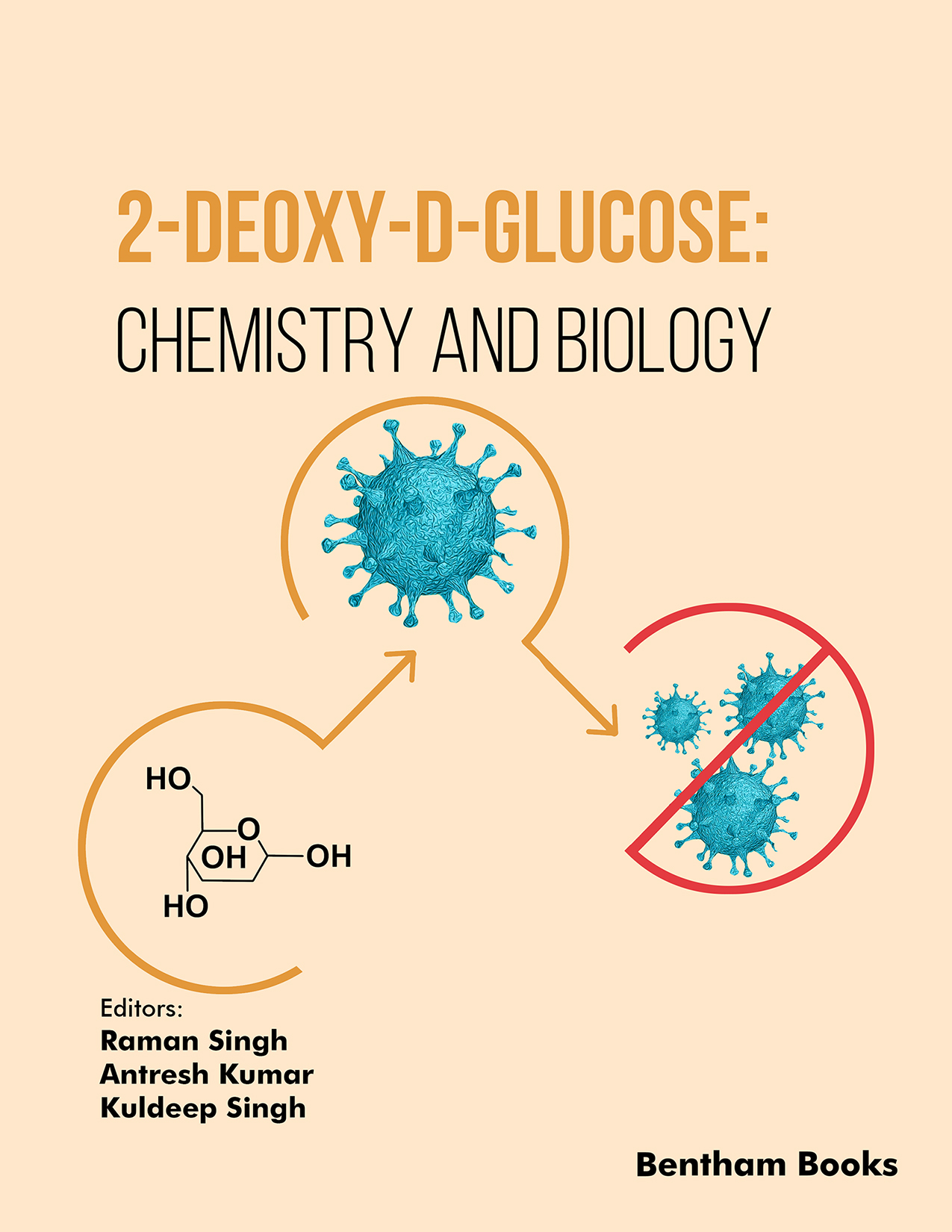Foreword
It is with great pleasure that I compose the Foreword for this timely and insightful publication on the ‘Chemistry and Biology of 2-Deoxy-D-Glucose (2-DG)’. As comprehensively outlined throughout the chapters, 2-DG is emerging as a versatile molecule with vast therapeutic potential in the fields of antiviral, anti-cancer, and neurological research.
This publication provides an exceptional overview of the medicinal chemistry that underlies 2-DG, encompassing its structure, synthesis, analytical characterization, and pharmacological actions along with its role in diagnostics and therapeutics. The chapters delve into the various synthetic pathways for producing 2-DG, elucidating the advantages and limitations of each method. Additionally, the text thoroughly discusses spectroscopic, chromatographic, and optical techniques for the analysis of 2-DG. These sections offer invaluable insights into optimizing the production and analysis of this crucial pharmaceutical intermediate.
Of particular interest are the mechanistic investigations into the biological effects of 2-DG. As explained, 2-DG acts as a glycolytic inhibitor and glycosylation modulator, selectively disrupting pathological metabolism in viruses, cancers, and seizures. The publication compiles compelling evidence from preclinical and clinical studies that highlight the therapeutic potential of 2-DG in these disease contexts. Furthermore, ongoing research on enhancing the delivery and efficacy of 2-DG through medicinal chemistry approaches is also prominently featured.
In conclusion, this publication provides a comprehensive and well-rounded overview of an exciting molecule that bridges the realms of chemistry and biomedicine. The chapters draw upon essential perspectives from synthetic organic chemistry, analytical methods, pharmacology, and molecular medicine to shed light on the diverse aspects of 2-DG research and applications, including prospects for cancer diagnosis, treatment, and surveillance. This interdisciplinary knowledge equips readers with a solid foundation to advance the potential of 2-DG and related compounds as diagnostic and therapeutic agents.
I commend the editors and authors for creating an outstanding reference that will educate, inspire, and guide future interdisciplinary endeavors in this medically relevant field.
Ravi Bhushan
Central Libr Adv Comm
Founder Coordinator IPR-Cell
Indian Institute of Technology Roorkee
Roorkee - 247667, India

